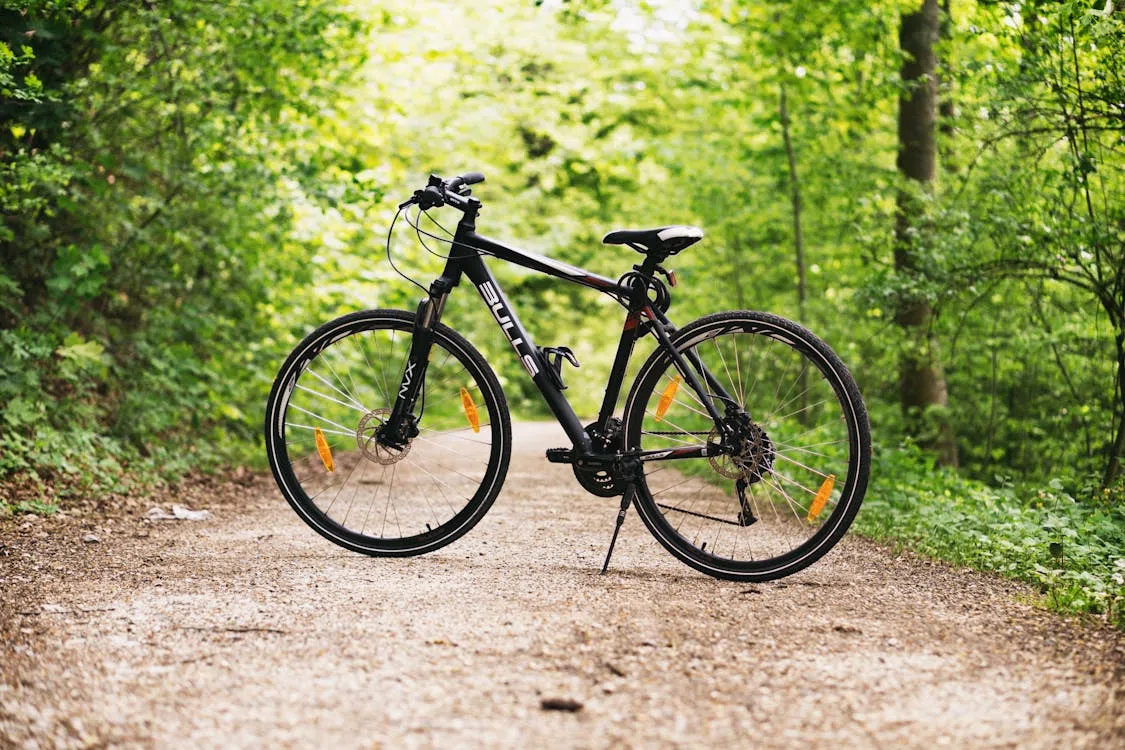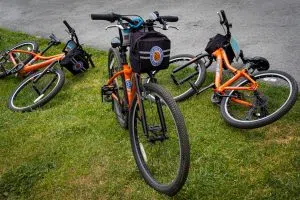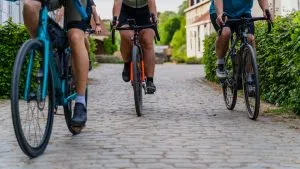
Every June, the City of London hosts Bike Month to celebrate cycling and promote more sustainable, active transportation options.
“Bike Month is a great time of year when people feel more confident riding,” says Andrew, a local cycling advocate. “They’re less worried about the rain, and there’s a real sense of momentum. May was strong for us, and June is shaping up to be even better. We’re looking forward to continuing through a great summer.”
Andrew, who helps run a downtown London bicycle cafe, says he’s seen a steady increase in cyclists over the past few years.
“This is our third summer here, and there’s definitely more bike traffic. People are using the infrastructure around the city, and they’re finding their way here — we’re right in the heart of downtown.”
But while the enthusiasm for cycling grows, tensions persist between cyclists and city council. Many feel the city still prioritizes cars over safer and more inclusive infrastructure.
“There’s this idea that bik e lanes are just for cyclists, but when we invest in that kind of infrastructure, it benefits everyone,” Andrew says. “Fewer people in cars means less congestion. If more people choose to bike short distances, it opens up the roads for drivers who really need to drive. It’s not about replacing cars entirely — it’s about creating options.”
e lanes are just for cyclists, but when we invest in that kind of infrastructure, it benefits everyone,” Andrew says. “Fewer people in cars means less congestion. If more people choose to bike short distances, it opens up the roads for drivers who really need to drive. It’s not about replacing cars entirely — it’s about creating options.”
Andrew also noted that rhetoric from higher levels of government and the media often oversimplifies the issue, leading to unnecessary divisions.
“People just want to get around. They’re not trying to be heroes or make a political statement — they just want to get to the grocery store or work safely. That’s all.”
According to the London Mobility Plan, the average car trip in the city is just three kilometres — a distance easily managed by bike. But many residents remain hesitant to cycle due to safety concerns.
“There might be 20 per cent of people who say, ‘Sure, I’d bike that distance,’ but not if it means riding in traffic, next to a truck, dodging glass in the gutter,” Andrew says. “Those people default to driving, even though they’d prefer not to. We need to make sure their voices are heard, so it’s not assumed that everyone wants to drive.”
He also highlighted the role of pedal-assist bikes, which make urban travel even more accessible.
“Those three-kilometre trips are easy for any kind of bike — especially the pedal-assist bikes we focus on at the café. The data shows these trips are common. If we can shift just some of them to cycling, it makes a real difference for traffic across the city.”
Andrew says progress is happening, but slowly.
“When we look at mid-sized cities that are a bit ahead of London, they faced the same resistance. People said no one would use the infrastructure, but once it was built, they did. The hesitant riders came. It’s frustrating because we know it works — we just want to see it happen faster.”
He adds that the COVID-19 pandemic gave some cities a head start.
“Big cities like Paris — and even Toronto, to some extent — used that window to make bold changes while traffic was low. Some cities took that opportunity; others dragged their feet.”
Mike, another cycling advocate, says it comes down to education and shifting the culture.
“We were raised in a car-centred culture. It shapes how our cities are built and how we live our lives. We’re so used to driving that we don’t even realize there are other options.”
He encourages Londoners to embrace a mix of transportation methods.
“Use a car for some trips, the bus for others, a bike for short distances, or just walk. We’re seeing more scooters too. It’s not about picking one mode forever — it’s about being flexible and thinking differently.”
While some cyclists in London remain frustrated by comparisons to other cities, Bike Month is still a time to celebrate the growing cycling community and push for more progress.




